Martin Siggel
Accelerating Neural Network Training with Distributed Asynchronous and Selective Optimization (DASO)
Apr 15, 2021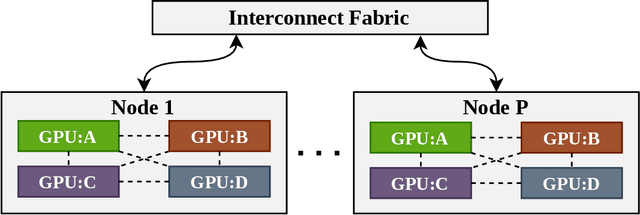
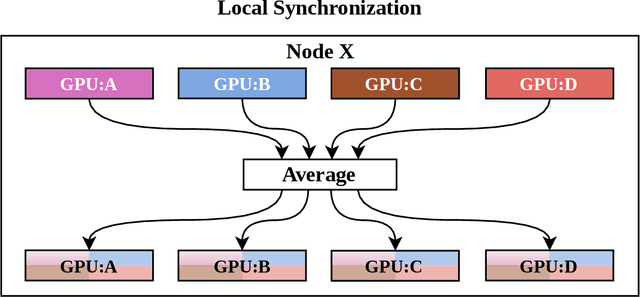

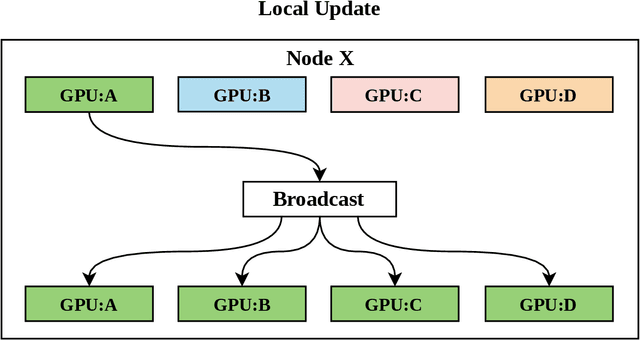
Abstract:With increasing data and model complexities, the time required to train neural networks has become prohibitively large. To address the exponential rise in training time, users are turning to data parallel neural networks (DPNN) to utilize large-scale distributed resources on computer clusters. Current DPNN approaches implement the network parameter updates by synchronizing and averaging gradients across all processes with blocking communication operations. This synchronization is the central algorithmic bottleneck. To combat this, we introduce the Distributed Asynchronous and Selective Optimization (DASO) method which leverages multi-GPU compute node architectures to accelerate network training. DASO uses a hierarchical and asynchronous communication scheme comprised of node-local and global networks while adjusting the global synchronization rate during the learning process. We show that DASO yields a reduction in training time of up to 34% on classical and state-of-the-art networks, as compared to other existing data parallel training methods.
HeAT -- a Distributed and GPU-accelerated Tensor Framework for Data Analytics
Jul 27, 2020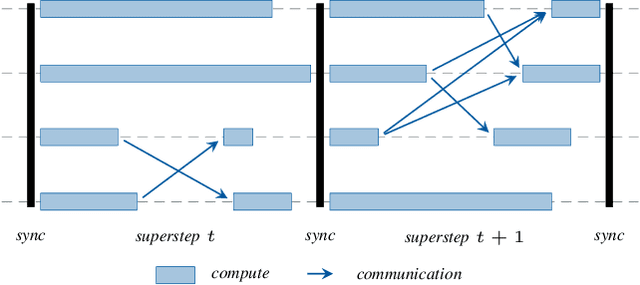

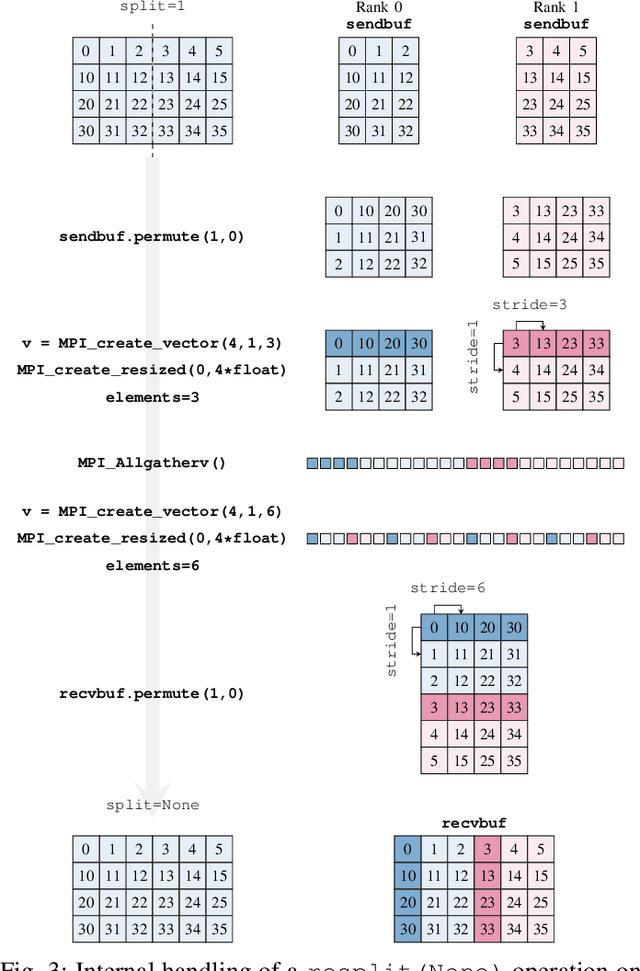

Abstract:In order to cope with the exponential growth in available data, the efficiency of data analysis and machine learning libraries have recently received increased attention. Although corresponding array-based numerical kernels have been significantly improved, most are limited by the resources available on a single computational node. Consequently, kernels must exploit distributed resources, e.g., distributed memory architectures. To this end, we introduce HeAT, an array-based numerical programming framework for large-scale parallel processing with an easy-to-use NumPy-like API. HeAT utilizes PyTorch as a node-local eager execution engine and distributes the workload via MPI on arbitrarily large high-performance computing systems. It provides both low-level array-based computations, as well as assorted higher-level algorithms. With HeAT, it is possible for a NumPy user to take advantage of their available resources, significantly lowering the barrier to distributed data analysis. Compared with applications written in similar frameworks, HeAT achieves speedups of up to two orders of magnitude.
 Add to Chrome
Add to Chrome Add to Firefox
Add to Firefox Add to Edge
Add to Edge